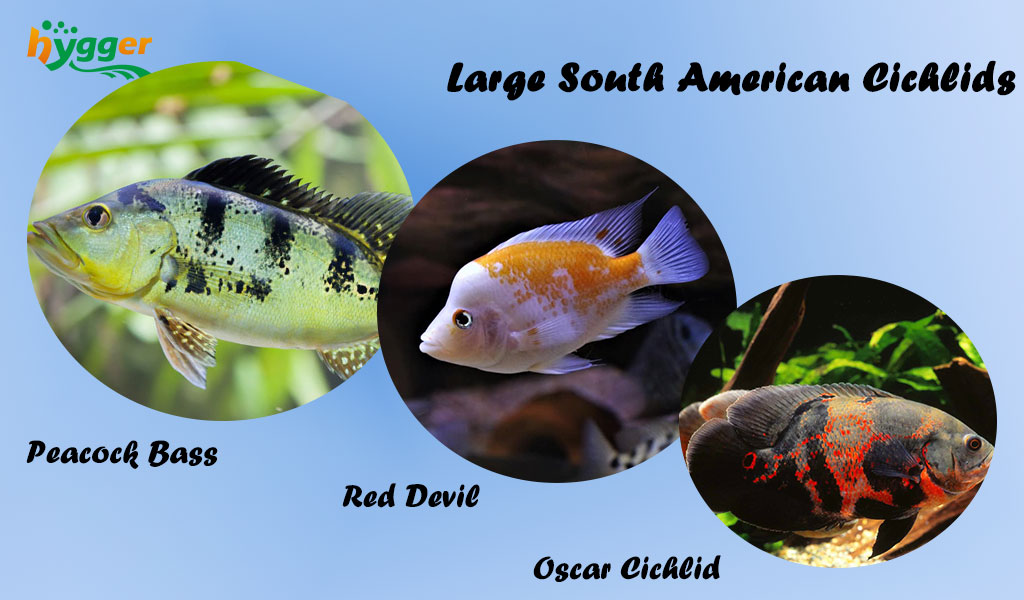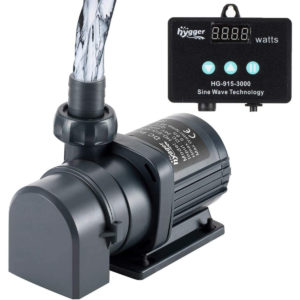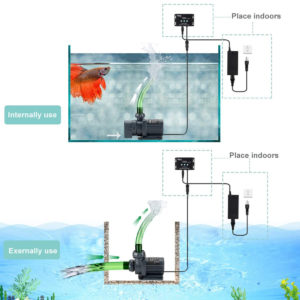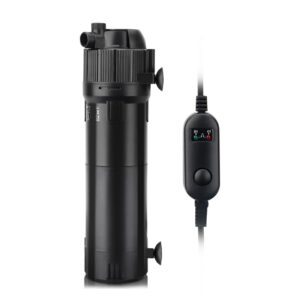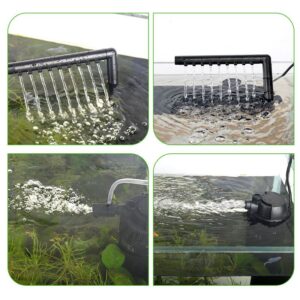Territorial Colorful South American Cichlids
South American Cichlids can be found in rivers, lakes, streams, or swamps in South America. Some species can also be found in Central America. As they get popular in the aquarium trade, South American Cichlids have a wide distribution throughout the world. Actually, South American Cichlids are fascinating fish, coming in various colors and patterns. The sizes range from small dwarf to large.
Also, there are diverse South American Cichlids. Some popular species include Oscar Cichlid, Peacock Bass, Angel Fish, and Apistogramma Cichlids. Generally, South American Cichlids are easy to care for. However, it is vital to keep them in a comfortable living environment.
To learn more about South American Cichlids, just read on. This article will dive deep into South American Cichlids.
Large South American Cichlid
Some popular large South American Cichlids
Large South American Cichlids are aggressive, coming in size ranging from 10 to 30 inches (25-75 cm). In this part, we will cover some popular large South American Cichlids.
- Oscar Cichlid (Astronotus ocellatus)
As one of the popular and well-known cichlid species, Oscar Cichlids feature bold coloration and active behavior. They can grow up to 12–14 inches (30-35 cm) and require a large aquarium.
- Red Devil (Amphilophus labiatus)
Being famous for striking red coloration and territorial behavior, Red Devils are a large and aggressive cichlid species. They can grow up to 15–18 inches (38-46 cm). And they prefer large aquariums with plenty of hiding places.
- Peacock Bass (Cichla species)
Peacock Bass are a group of large predatory cichlids that are known for their impressive size and predatory behavior. They can grow up to 24–30 inches (60-75 cm). Plus, they need large aquariums with plenty of swimming space.
Care guides for large South American Cichlids
- Requirements of tank conditions
| Water temperature | 78-82℉ (25-27℃) | Nitrate level | Less than 40 ppm |
| pH level | 6.5-8.0 | Substrate | Natural gravel |
| Ammonia level | 0 ppm | Ammonia level | A few ornaments or rocks |
| Nitrite level | 0 ppm | Tank size | Over 125 gallons |
- Compatible tank mates
Large South American cichlids are typically aggressive and territorial. Thus, incompatible tank mates would cause fights and injury. Some compatible tank mates for large South American cichlids can be other large South American or Central cichlids of similar size and temperament, large catfish, Silver Dollars, Black Skirt Tetras, and Australian Rainbowfish.
Furthermore, to prevent small or timid fish from being bullied or eaten, you’d better not keep them with large South American cichlids. Additionally, aggressive and larger cichlid species should also be avoided, as it can lead to territorial disputes and fighting.
- Provide proper diet
Large South American cichlids are omnivorous. In the natural environment, large South American Cichlids consume small fish, insects, and crustaceans. In captivity, a balanced and varied diet rich in protein is important for their health and well-being. You can feed high-quality pellets or flakes specially formulated for cichlids, brine shrimp, bloodworms, earthworms, krill, and other live or frozen foods. Plus, vegetables can be another food resource, like peas and zucchini.
Generally, just feed them once or twice each day. And you should only feed the food quantity that they can finish eating in 2–3 minutes. Never overfeed. Or it will lead to health problems and poor water quality.
Medium South American Cichlid
Some popular medium South American Cichlids
Medium South American Cichlids can grow up to 4–10 inches (10-25 cm). Given below are some popular medium South American Cichlids.
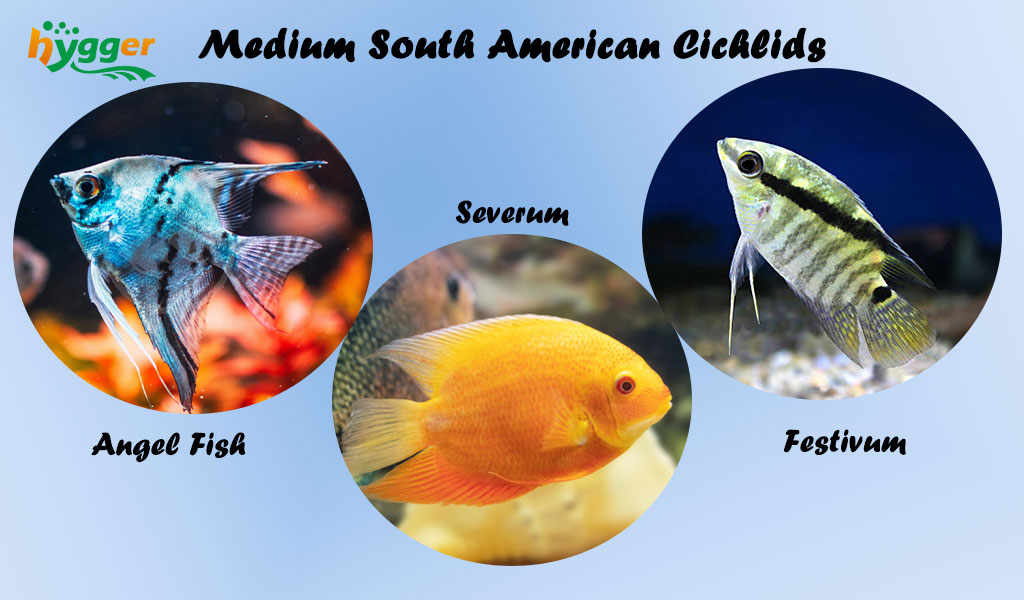
- Angel Fish (Pterophyllum scalare)
Angel Fish are a popular cichlid species that are known for their unique shape and graceful swimming behavior. They are relatively peaceful and can be kept with other peaceful community fish.
- Severum (Heros severus)
Featuring vibrant coloration and peaceful temperament, Severum can be kept in pairs or small groups, and are generally compatible with other peaceful community fish.
- Festivum (Mesonauta festivus)
Festivum cichlids come in striking coloration and peaceful temperament. They can be kept in pairs or small groups and are a great addition to other peaceful community fish.
Care guides for medium South American Cichlids
- Requirements of tank conditions
| Water temperature | 78-82℉ (25-27℃) | Nitrate level | Less than 40 ppm |
| pH level | 6.5-8.0 | Substrate | Natural gravel |
| Ammonia level | 0 ppm | Ammonia level | Heavily planted |
| Nitrite level | 0 ppm | Tank size | Over 20 gallon |
- Compatible tank mates
Medium South American Cichlids are semi-aggressive. They can get along well with other similarly sized fish. Here, we will list some good tank mates for medium-sized South American cichlids, including Cardinal Tetras, Rummy Nose Tetras, Corydoras, Honey Gouramis, and Rubber Lip Plecos.
To prevent stress and aggression caused by incompatible tank mates, you should not keep medium South American Cichlids with large or aggressive cichlid species. Additionally, it is necessary to provide plenty of hiding places and visual barriers to help reduce aggression and provide a sense of security for all tank mates.
- Provide proper diet
A balanced and varied diet is necessary. High-quality pellets or flakes, live or frozen food, and vegetables are great food sources. To ensure your medium South American cichlids stay healthy and happy, you should feed them appropriately. For instance, once or twice per day, and make sure they can finish eating within 2–3 minutes.
By the way, medium South American Cichlids are active feeders. So it is crucial to ensure that all fish in the tank have access to food. Feeding at different locations or using feeding rings can help prevent food from being monopolized by one or a few dominant fish.
Dwarf South American Cichlid
Some popular dwarf South American Cichlids
Dwarf South American Cichlids can live up to about 3–10 years and grow up to 3 inches. In this segment, we will share some popular species of Dwarf South American Cichlids.
- Apistogramma
This genus includes many different species of Dwarf Cichlids, each with its unique coloration and behavior. Apistogramma cichlids are known for their stunning coloration and intricate fin patterns.
- Mikrogeophagus
Also known as the “German Blue Ram”, the species come in bright blue coloration and a peaceful temperament. They are relatively easy to care for and are a great choice for beginners.
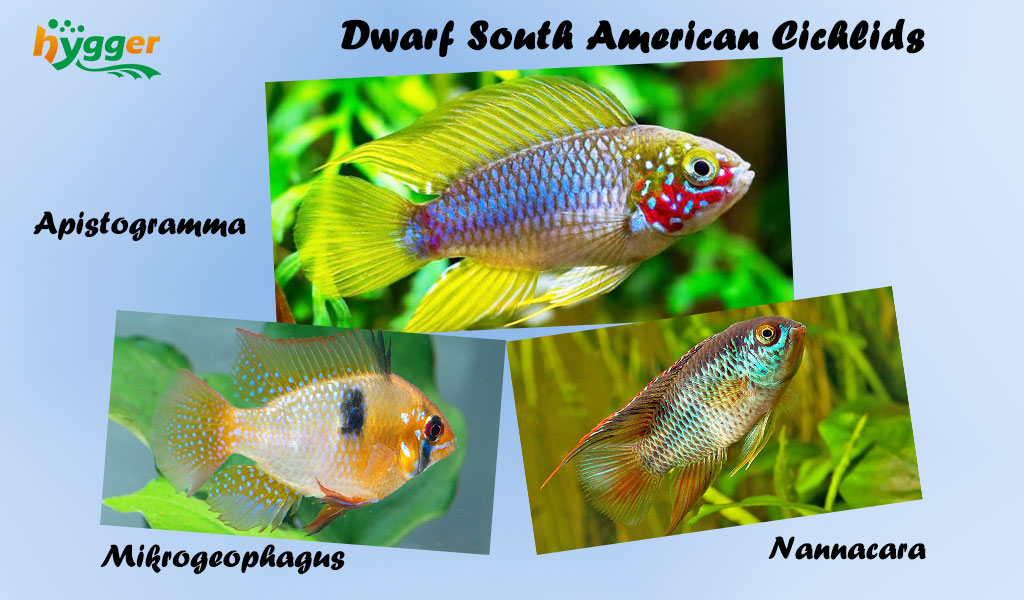
- Nannacara
This genus includes several species of small cichlids featuring interesting behavior and bright coloration. They are relatively peaceful and can be kept in small groups.
- Laetacara
This genus includes several species of small, peaceful cichlids that are known for their vibrant coloration and intricate fin patterns.
Care guides for dwarf South American Cichlids
- Requirements of tank conditions
| Water temperature | 78-82℉ (25-27℃) | Nitrate level | Less than 20 ppm |
| pH level | 6.0-7.5 | Substrate | Natural gravel |
| Ammonia level | 0 ppm | Ammonia level | Heavily planted |
| Nitrite level | 0 ppm | Tank size | 20 gallon |
- Compatible tank mates
Dwarf South American Cichlids fancy aquariums with plenty of hiding places and room to explore and swim around. Also, they are peaceful. And it is feasible to keep them with peaceful community fish or fish of similar size. But never hold them with large or aggressive cichlids. For instance, Ember tetras, Guppy fish, Corydoras catfish, Harlequin Rasboras, and Nerite Snails are great tank mates for Dwarf South American Cichlids.
- Provide proper diet
Dwarf South American Cichlids are omnivorous. Vegetables, pellets, flakes, brine shrimp, bloodworms, krill, daphnia, or other live and frozen foods are available for the cichlids.
Plus, the same as medium South American Cichlids, and dwarf South American cichlids are also active feeders. Hence, it is necessary to make sure all fish have access to food.
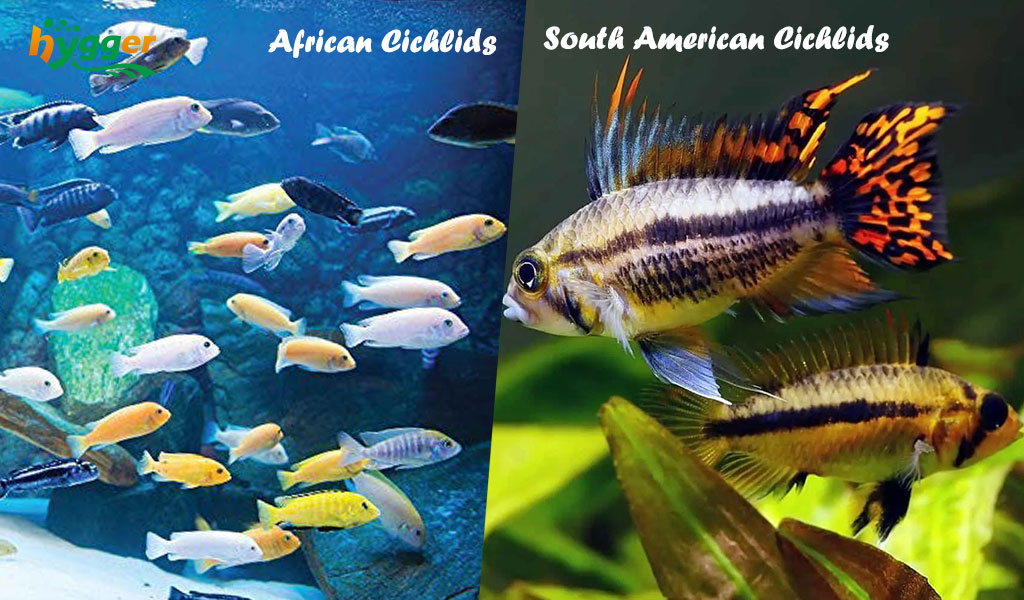
Can African cichlids live with South American cichlids
Actually, it is not recommended to keep African Cichlids and South American Cichlids in one tank. Because they are native to different regions and have different behavioral, as well as tank requirements.
| African Cichlids | South American Cichlids | |
| Temperament | Aggressive & Territorial | 1. Large South American cichlids: aggressive & territorial 2. Medium South American Cichlids: semi-aggressive 3. Dwarf South American Cichlids: peaceful |
| Tank requirements | Hard and alkaline water with a high pH level | Soft and acidic water |
African Cichlids and South American Cichlids demand different tank conditions. Keeping the two together will lead to stress, aggression, or even death. But if you are interested in keeping the two fish species, you can hold them in separate aquariums with appropriate water conditions and compatible tank mates.
Rare South American cichlids
In addition to common South American Cichlids, there are some unique and rare South American Cichlids. Let’s look at some examples.

